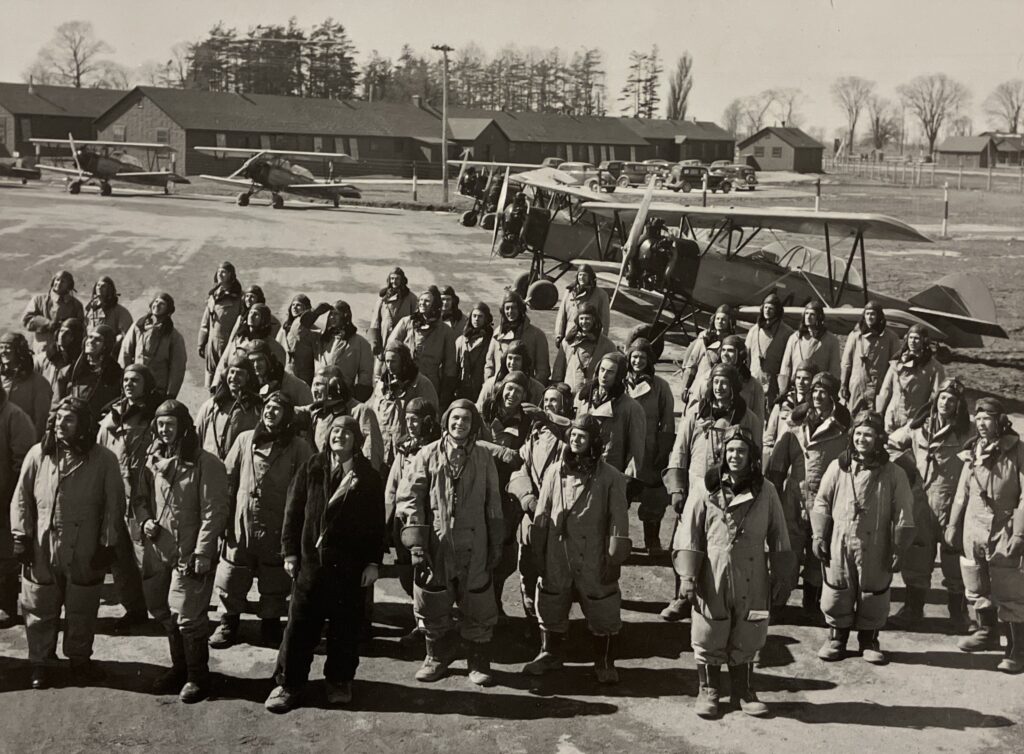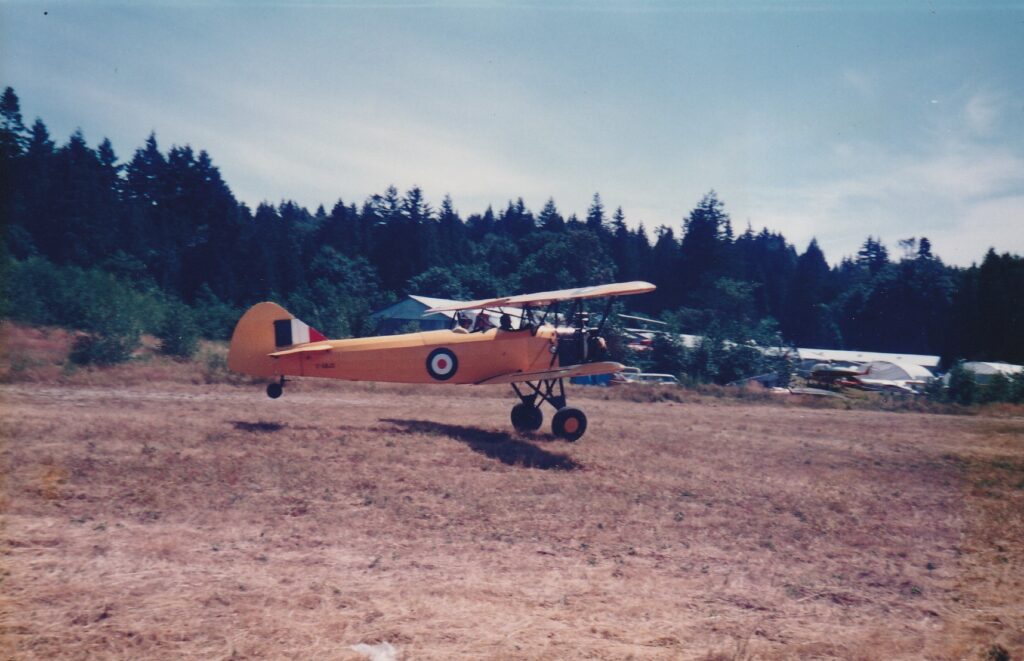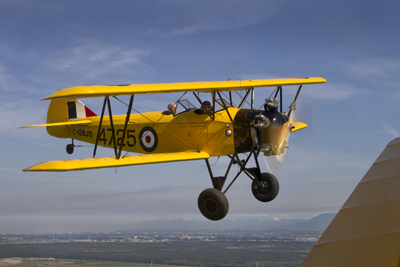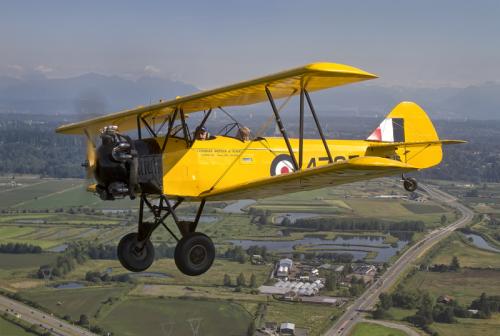
Fleet 16B Finch Mk II
General Description
The Fleet 16B Finch II is a progressive development of the original Consolidated Fleet primary trainer, manufacture of which was commenced in Canada by Fleet Aircraft in 1930. A total of 431 Finch trainers were built for the RCAF between 1939 and 1941. Essentially similar to the Fleet 10, the Fleet 16 first entered RCAF service with tandem open cockpits, but the severity of the Canadian winter necessitated the introduction of a sliding canopy at an early stage in the trainer’s service career. The first Finch 16B for the RCAF flew in March 1940, and some remaining in service until 1947, despite being obsolete.
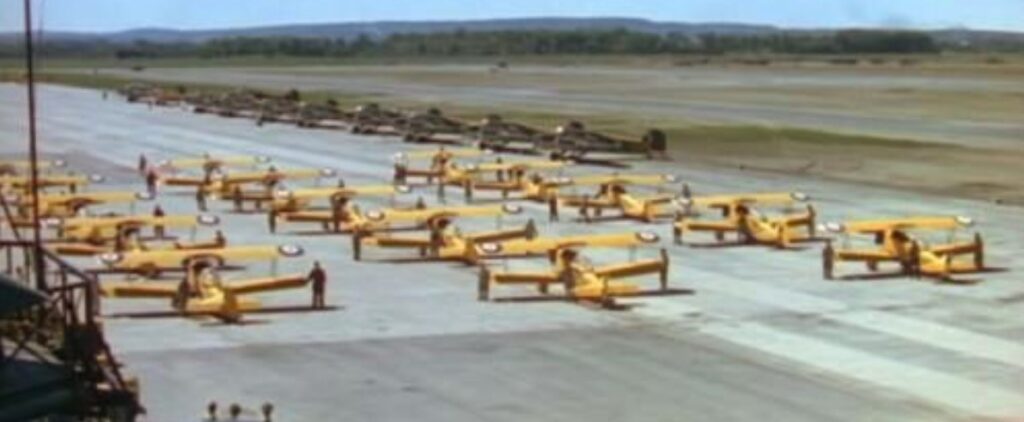
The Finch was a mainstay of the RCAF’s Elementary Flying Training Schools (EFTS), but was largely overshadowed by the more famous de Havilland DH82C Tiger moth. Both were excellent training platforms and taught countless thousands of allied pilots the basics of flying.
The British Commonwealth Air Training Plan (BCATP) was the backbone of the British Commonwealth’s pilot and aircrew training program. In all, the BCATP operated 107 training schools with 184 supporting units at a total of 231 different locations all across Canada. Each training base typically had 40-50 aircraft in their inventory, and they trained pilots and crews year-round. This was no easy feat especially during the harsh Canadian winters. Most airports that make up the aviation infrastructure in Canada today, owe their existence to the BCATP program.
Both the Fleet Finch and de Havilland Tiger Moth were replaced by the Fairchild PT-26 Cornell before the end of World War Two. And, after the war surplus aircraft were sold off to the public. Since BCATP Tiger Moths outnumbered the Fleet Finch by nearly 4 to 1, post-war flying schools more often than not selected the Tiger Moth over Fleet Finches due to their availability, and because most pilots returning from the war were likely more familiar with the Tiger Moth, than the Finch. This explains why today there are considerably more Tiger Moths in existence, than Fleet Finches.
Our Fleet 16B Finch
The Museum’s Finch was brought in strength with the RCAF in December 1940 and was used at No.9 EFTS in St. Catherines, Ontario. Later, our Finch was transferred for use with the No. 11 EFTS, Cap de la Madeline, Quebec, before being struck off strength in October 1944, RCAF 4725 had suffered damage in no less than 7 minor accidents across it’s time in St. Catherines and Cap de la Madeline, but was always repaired.
After WW2 this aircraft was operated civilly in Mexico for years and was registered XB-TUJ. Later it was imported to New Mexico, USA and registered N16BP. Finally, it was re-imported into Canada by Barry Jackson, who restored it and then donated it to the Canadian Museum of Flight in 1979.
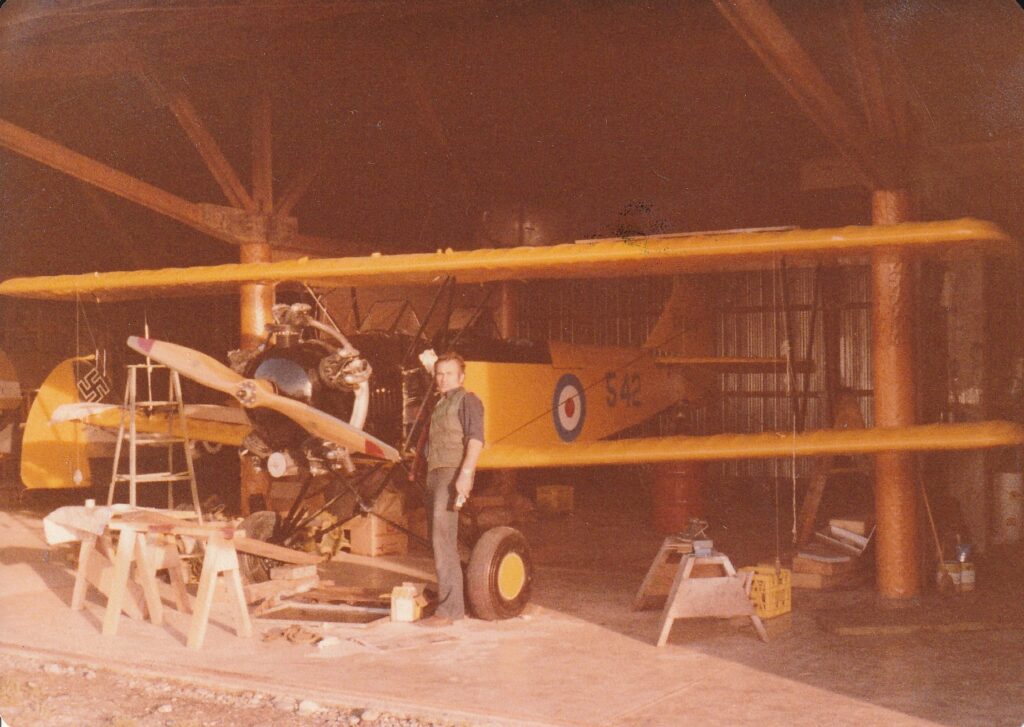
Our Finch is currently in open-cockpit configuration, and we are seeking an original canopy for it, to bring it back to its correct RCAF configuration. The Finch flies regularly at various functions and air shows.
Fun Fact: Our Fleet Finch was featured in the movie “Hector and the Search for Happiness”.
The Canadian Museum of Flight is dedicated to preserving Canada’s aviation heritage, from rare artifacts to the very aircraft that shaped our history. Your support allows us to restore, maintain, and share these treasures with the public, inspiring future generations to reach for the skies. Every gift makes a lasting impact — join us in keeping aviation history alive: Donate Now!
Technical Details:
- Serial: 542, RCAF 4725, XB-TUJ, N16BP, C-GBJS
- Manufactured: 1940
- Engine: 125 hp Kinner B-5 five cylinder radial air-cooled (click for details)
- Maximum speed: 113 mph (182 km/h)
- Empty weight: 1,102 lb (500 kg)
- Loaded weight: 1,860 lb (844 kg)
- Span: 28 ft (8.5 m)
- Length: 21 ft 8 in (6.6 m)
- Height: 7 ft 9 in (2.4 m)
- Wing area: 194 sq ft (18 sq m)
